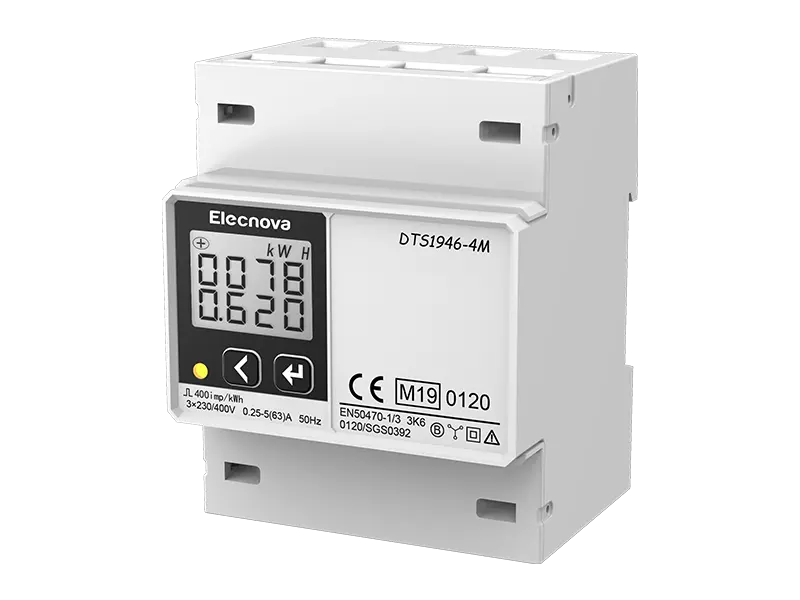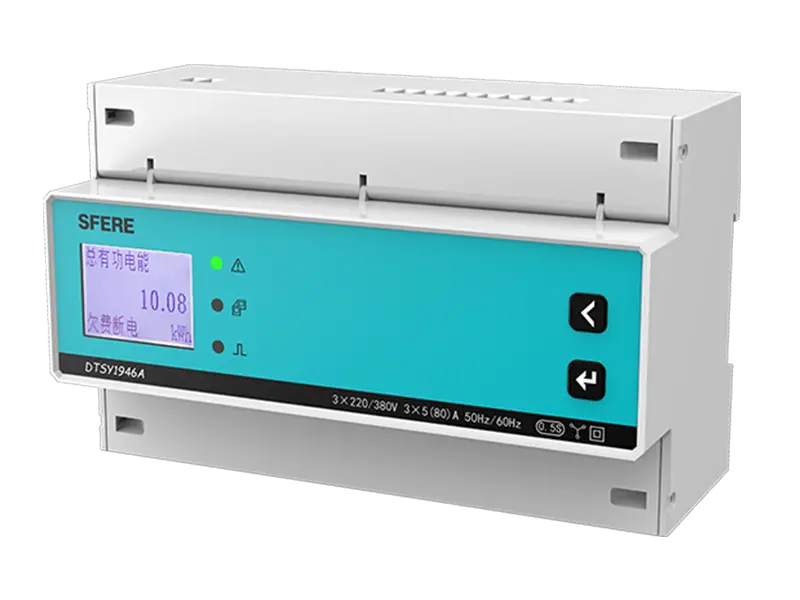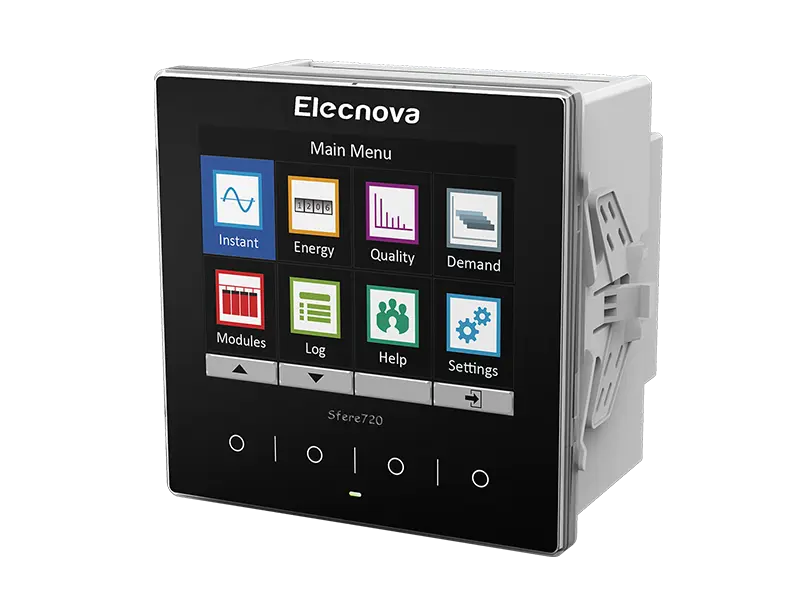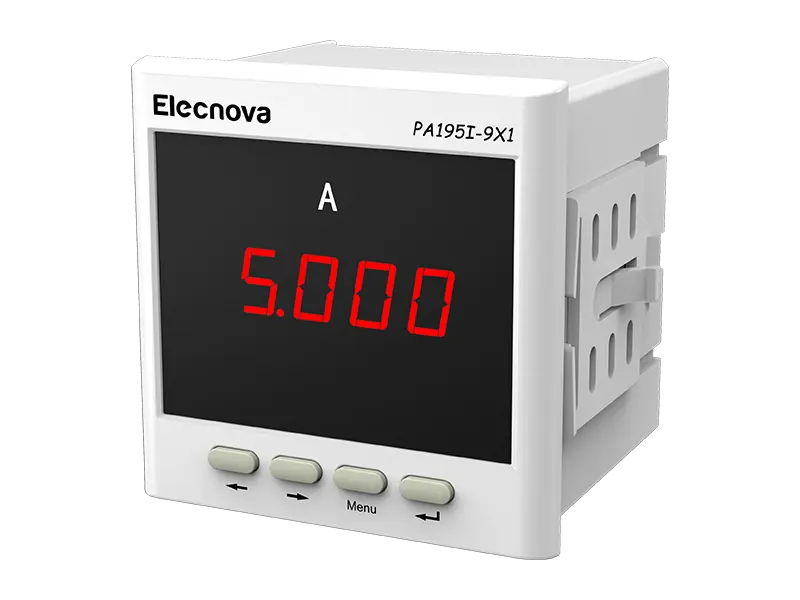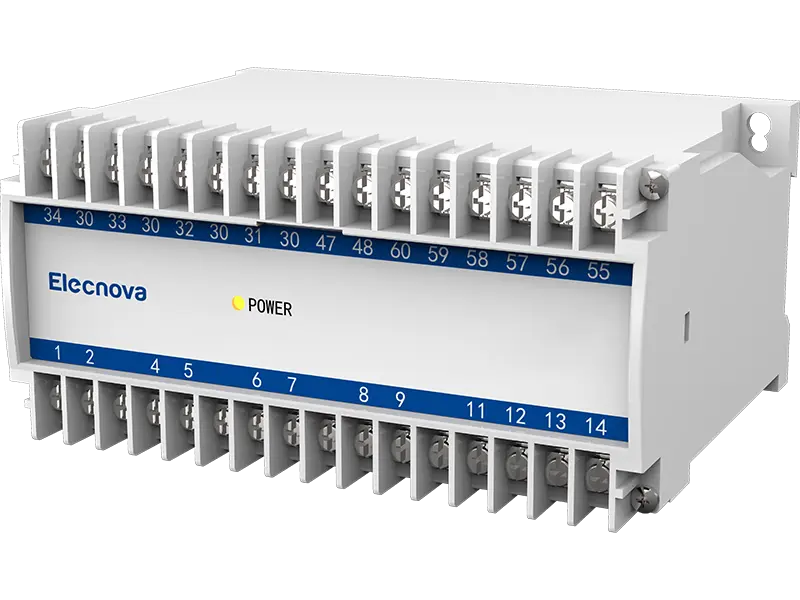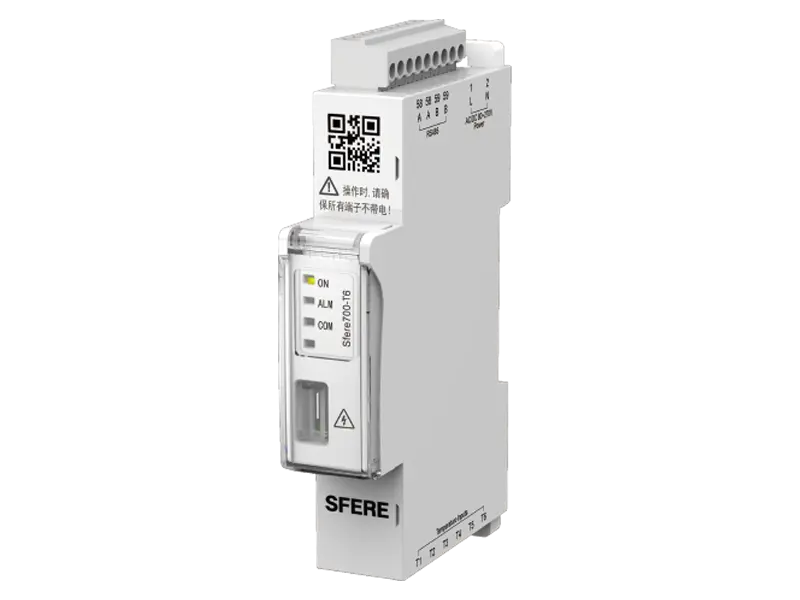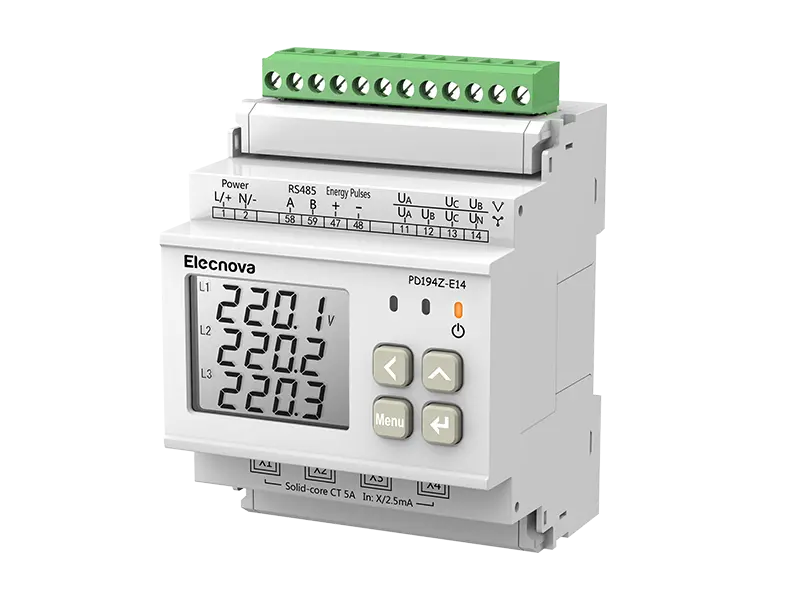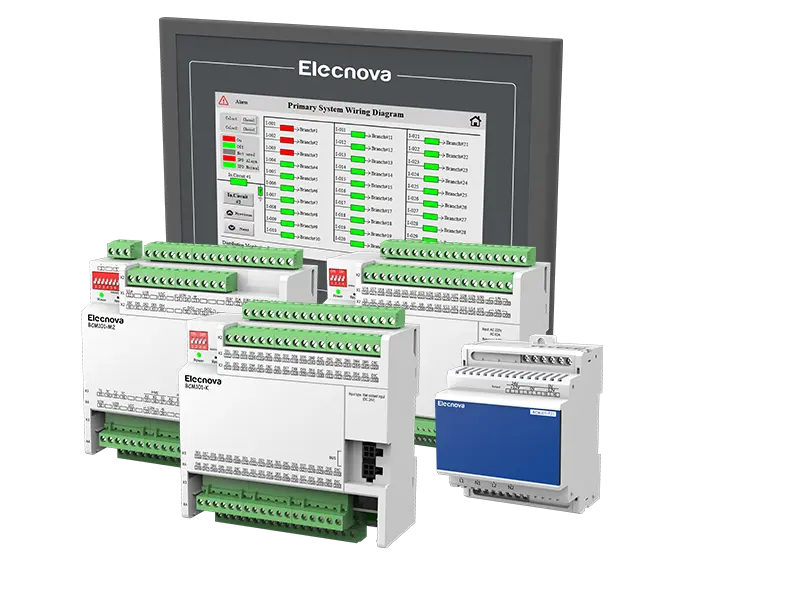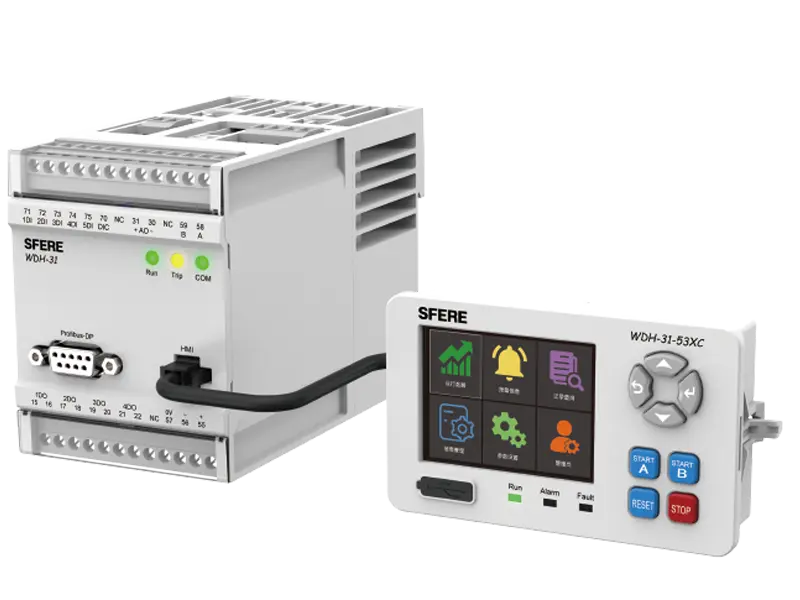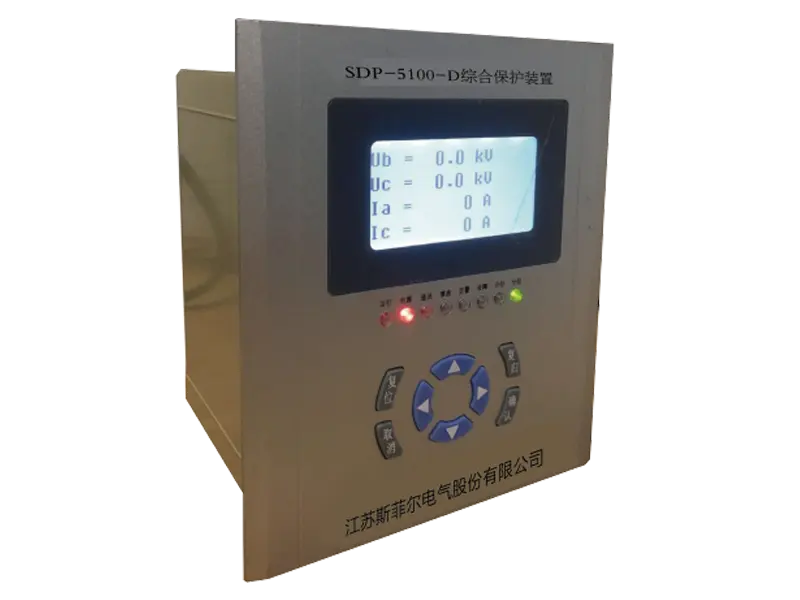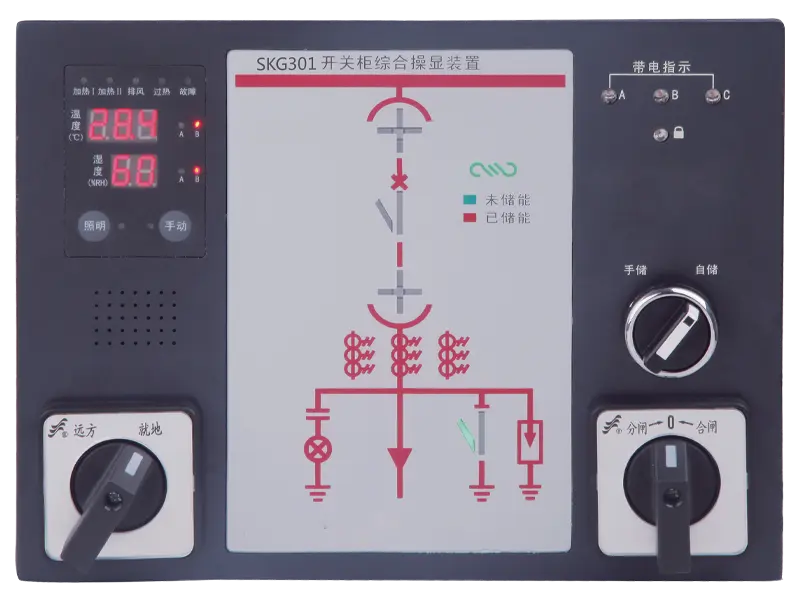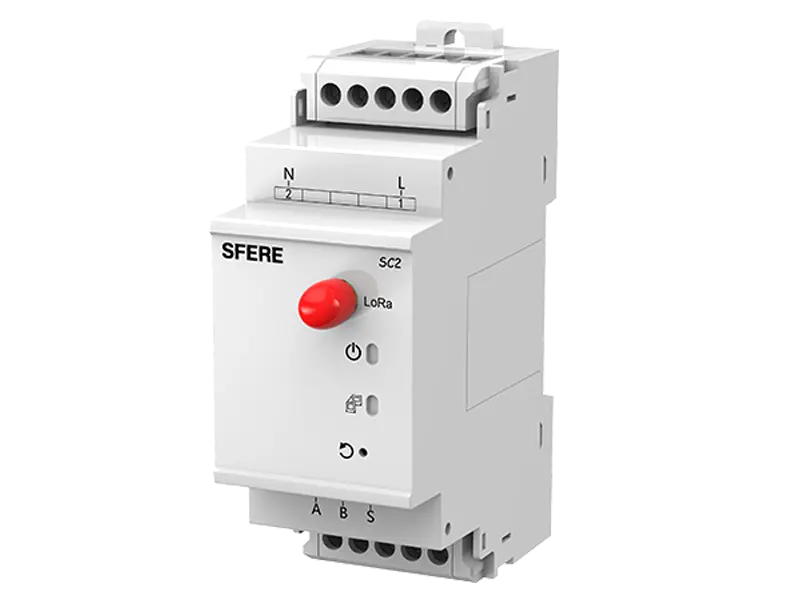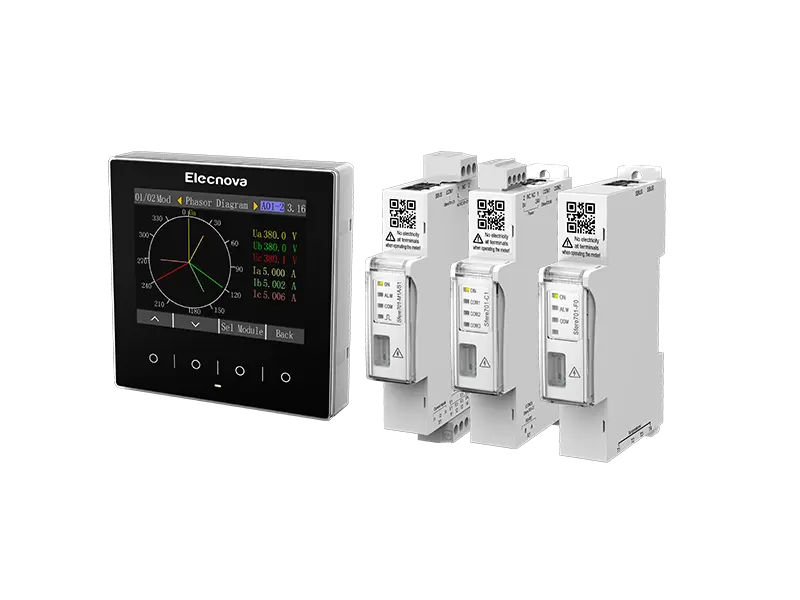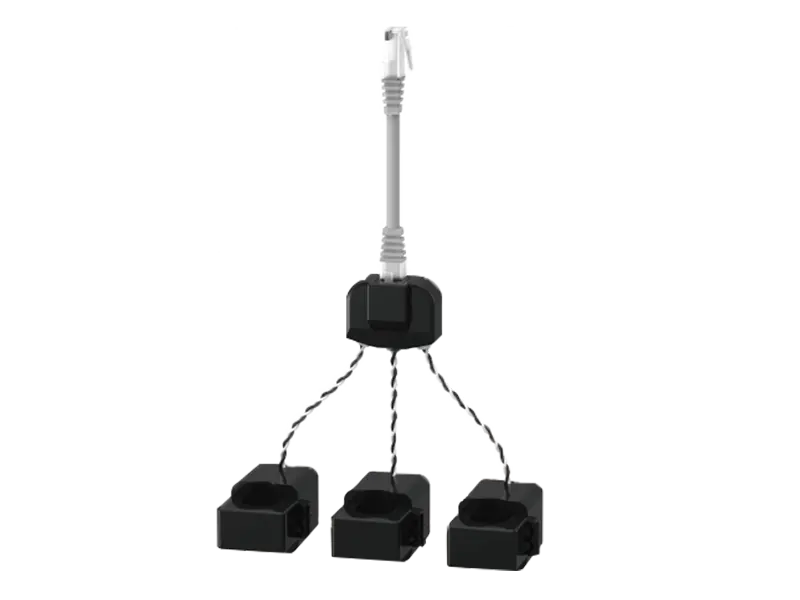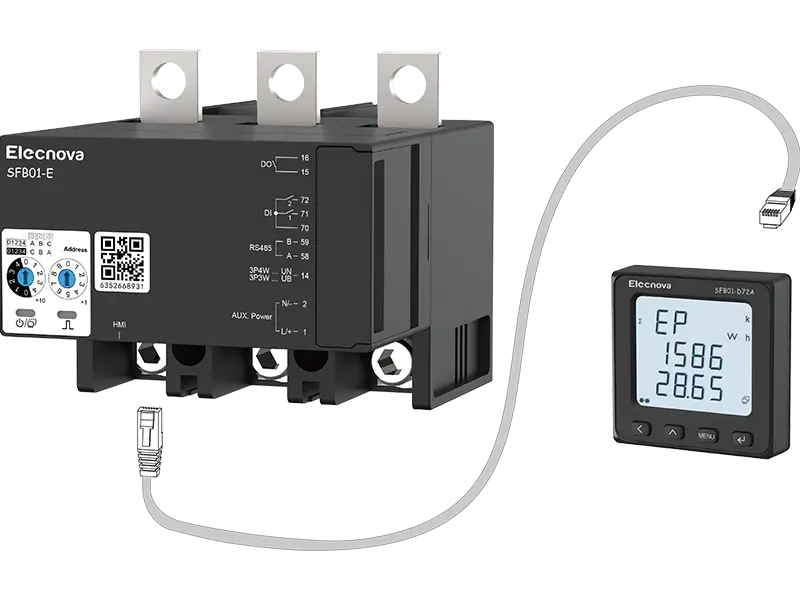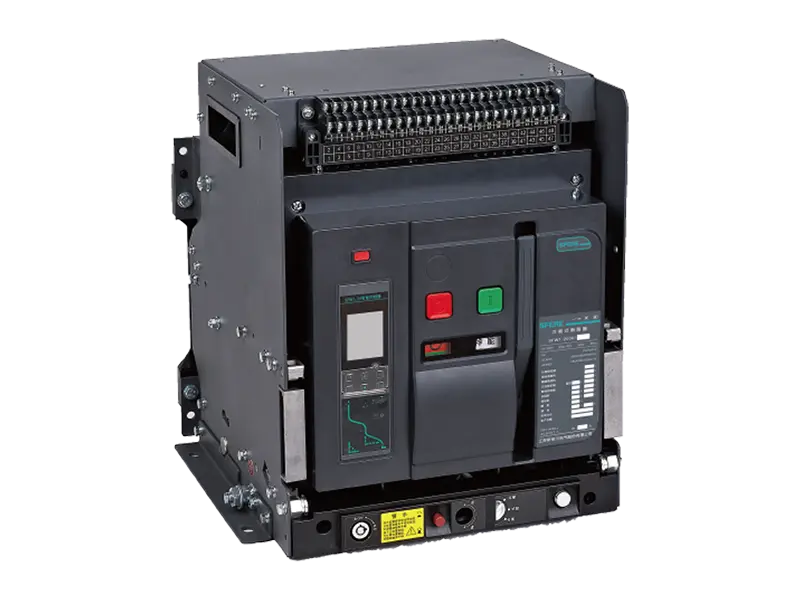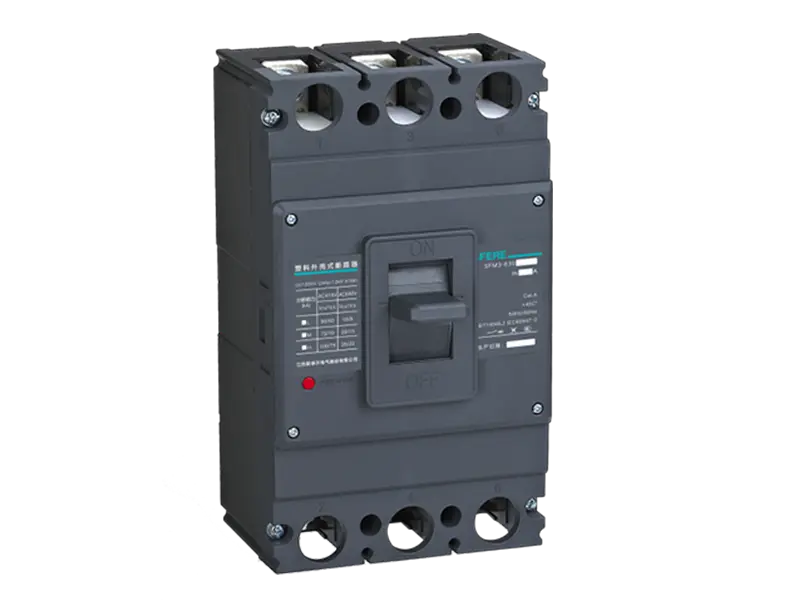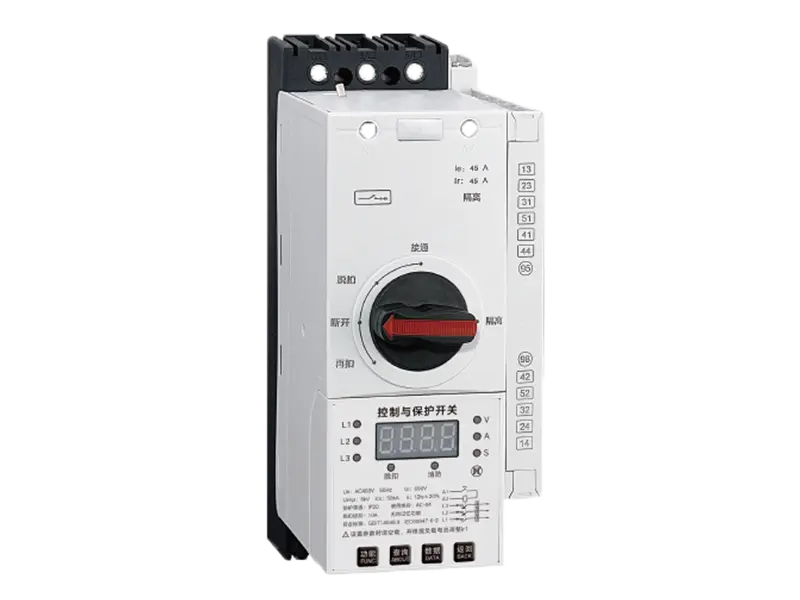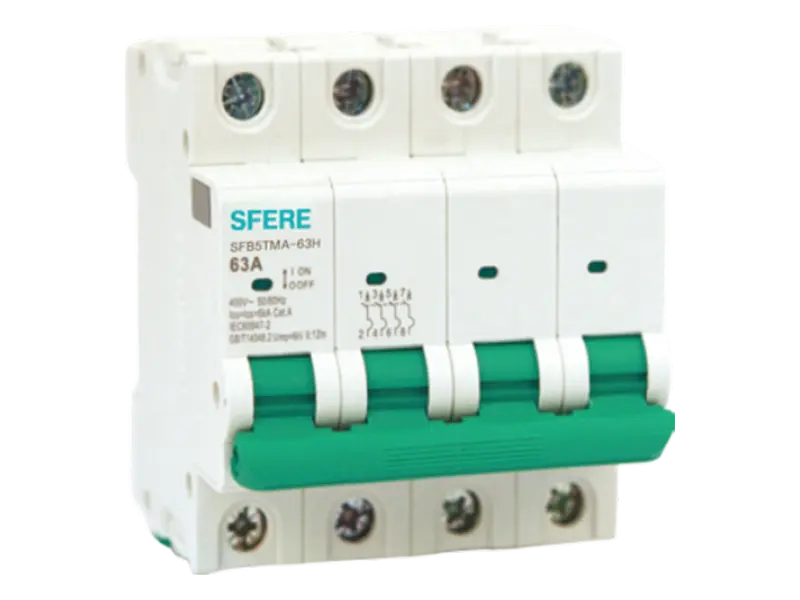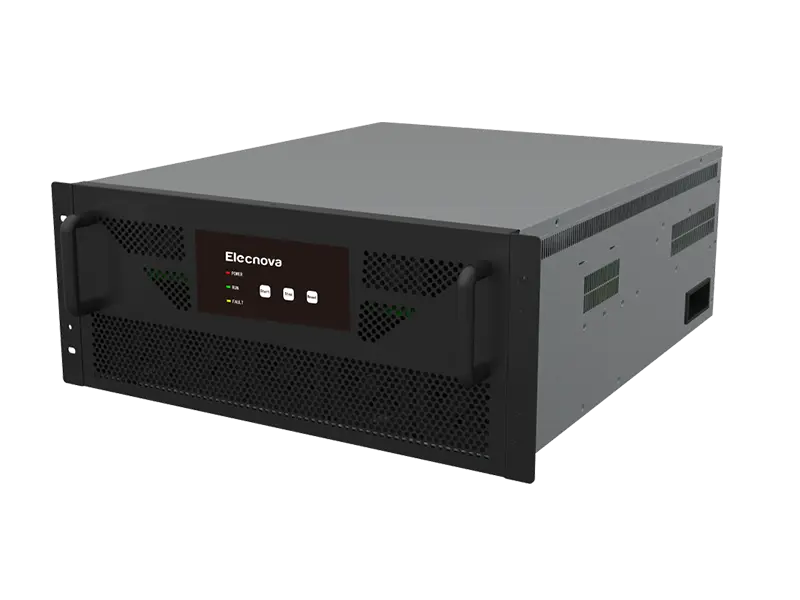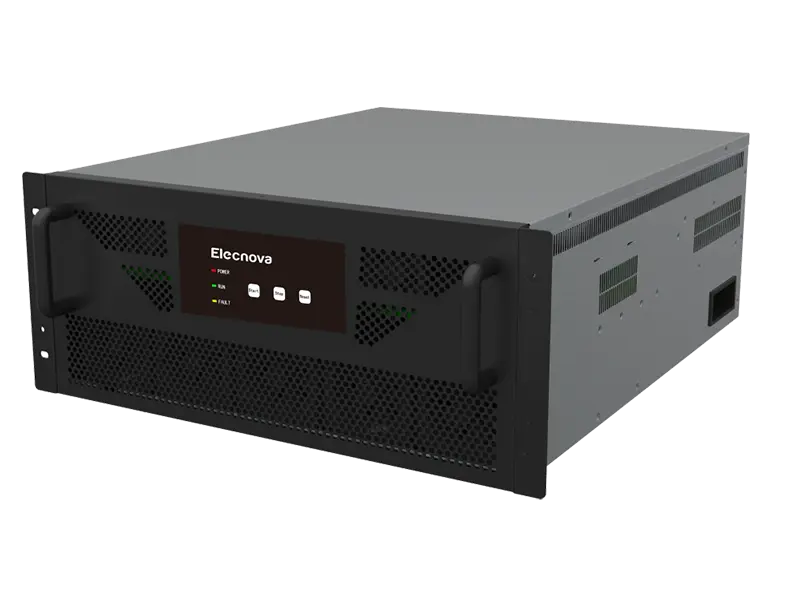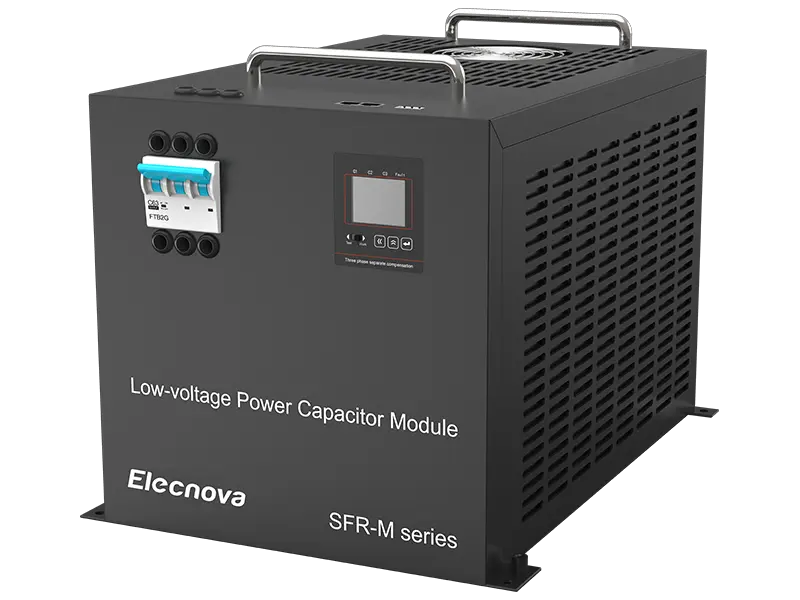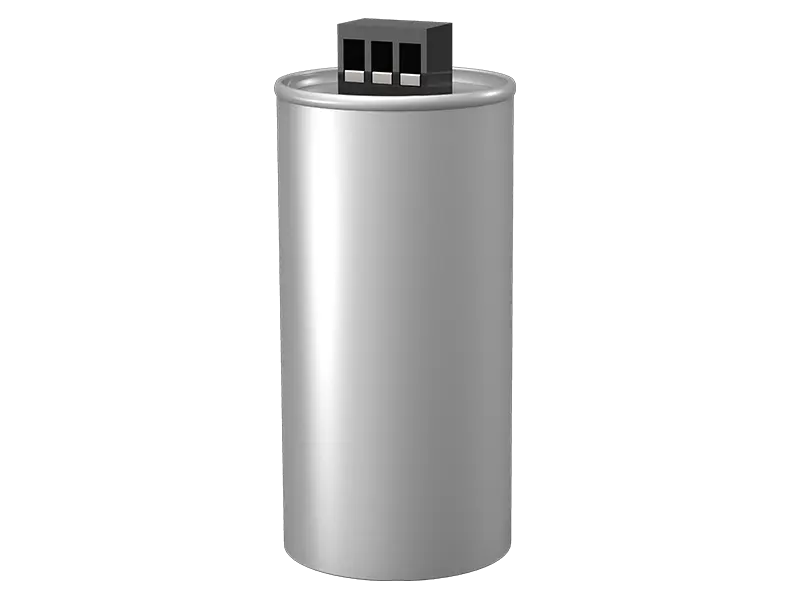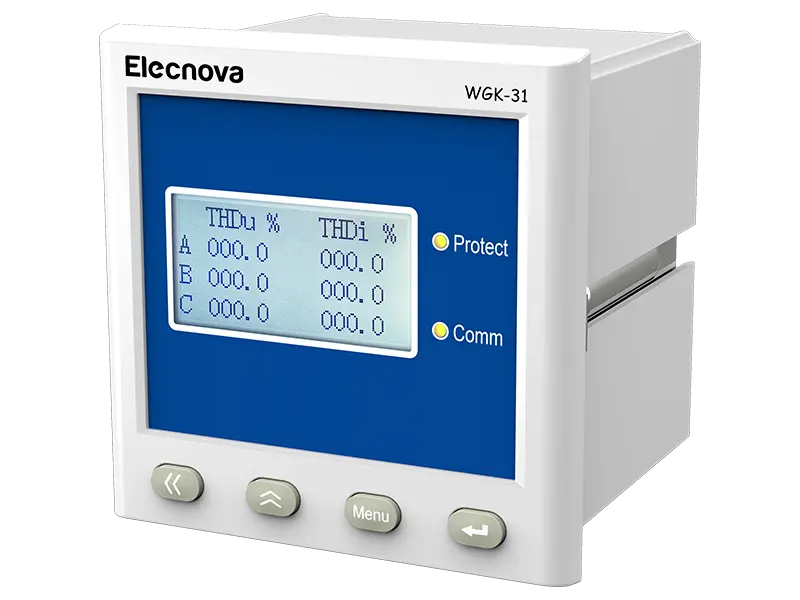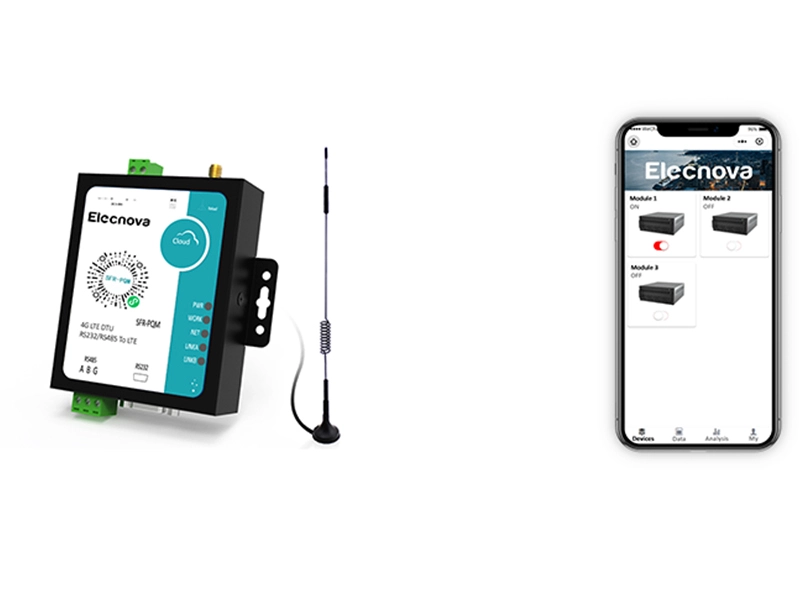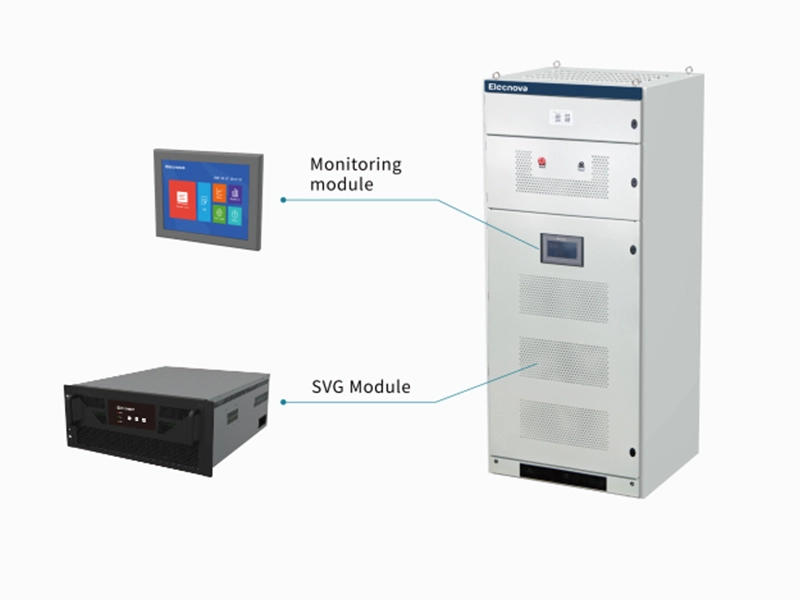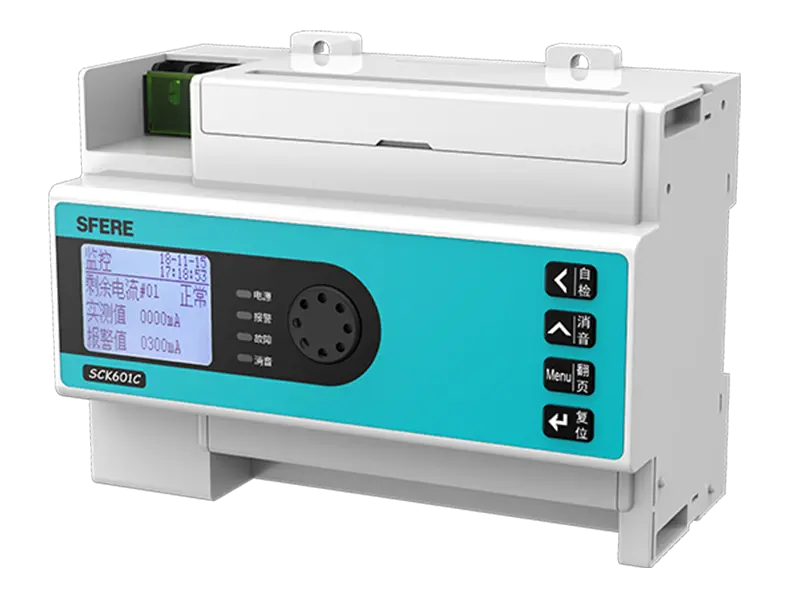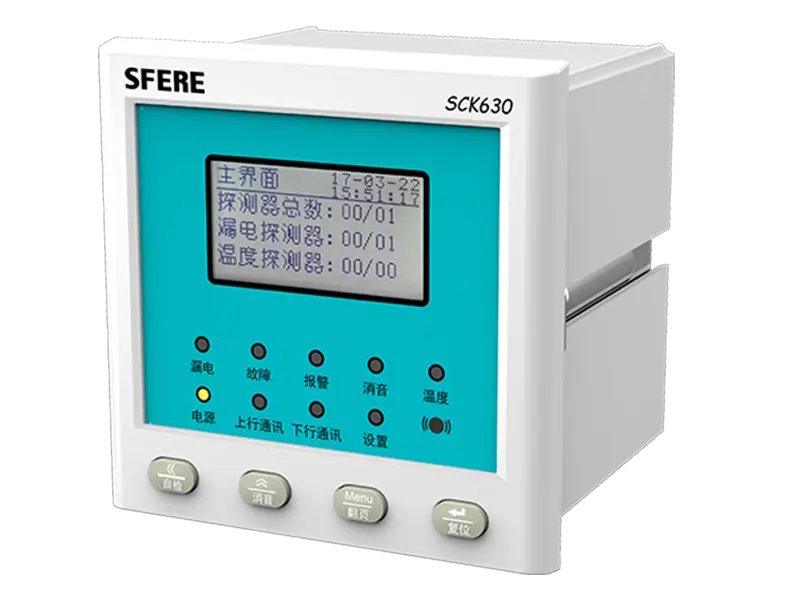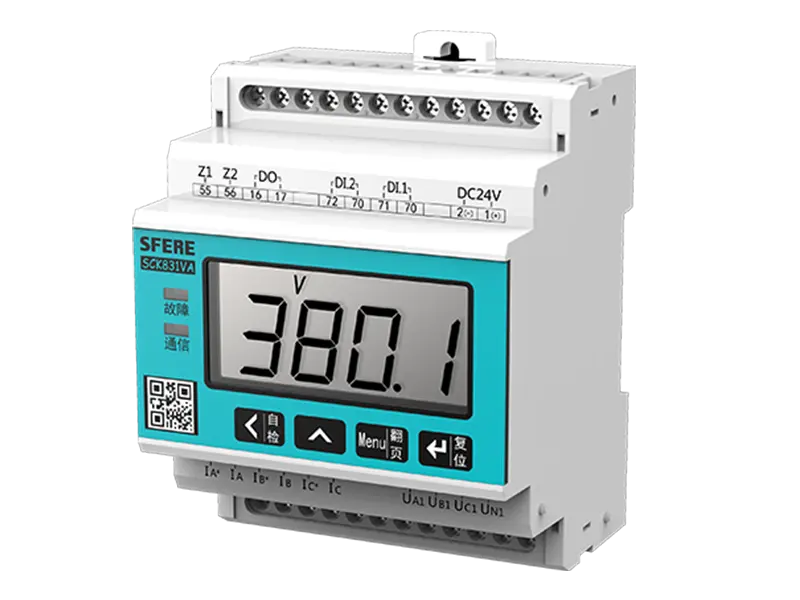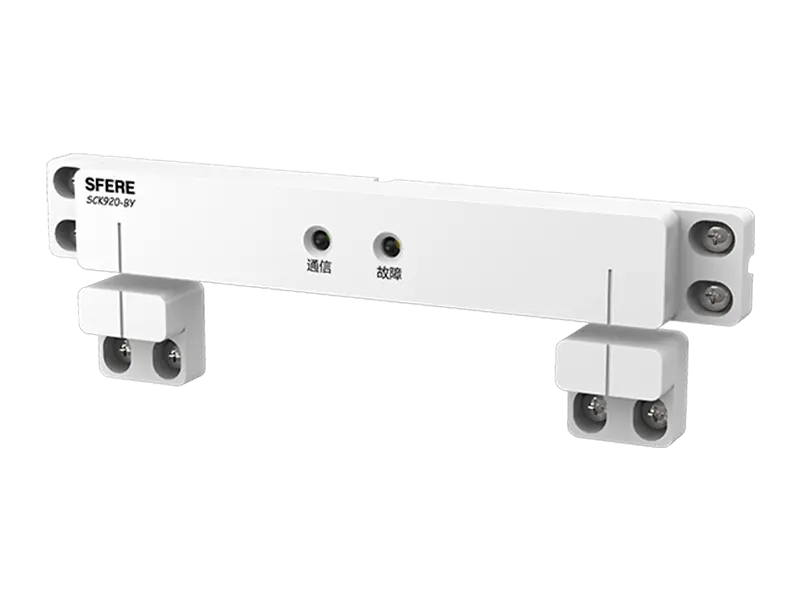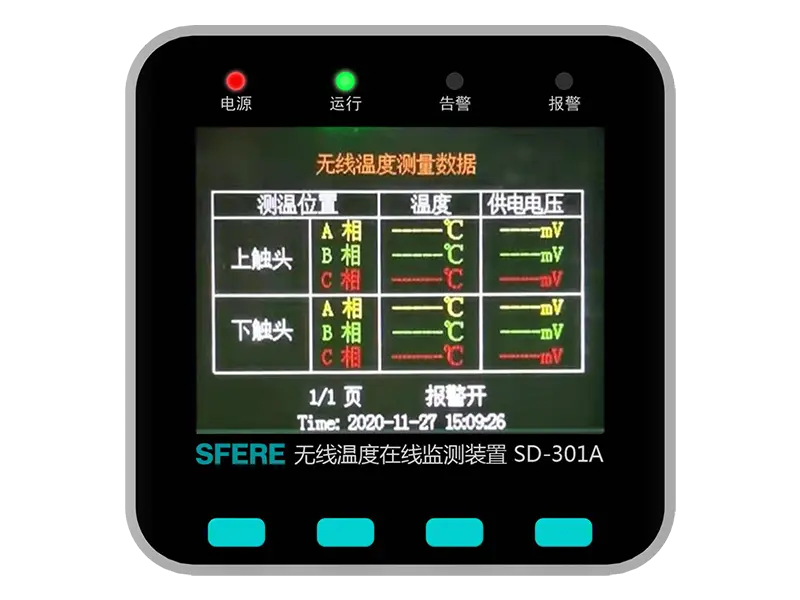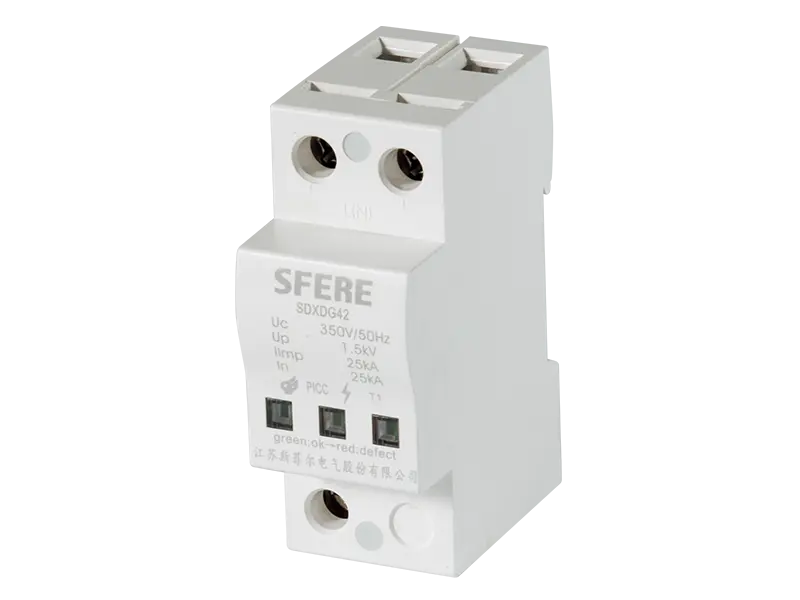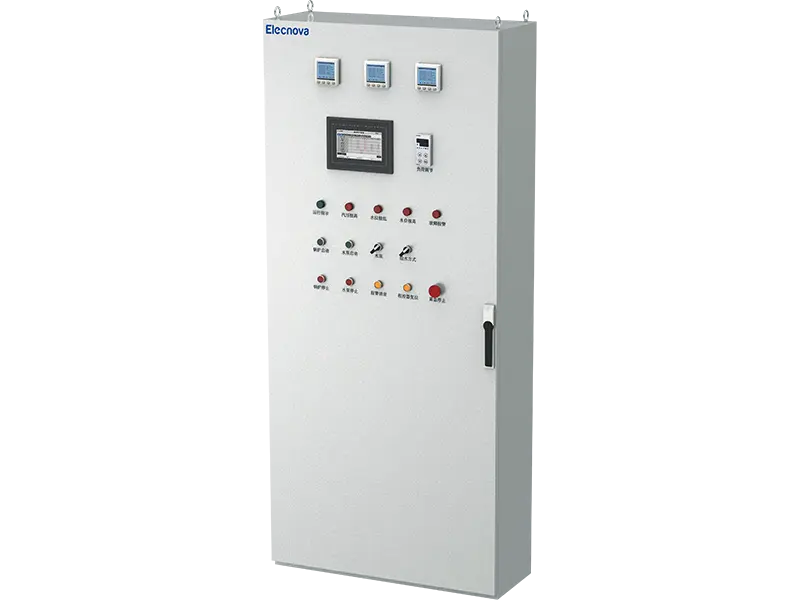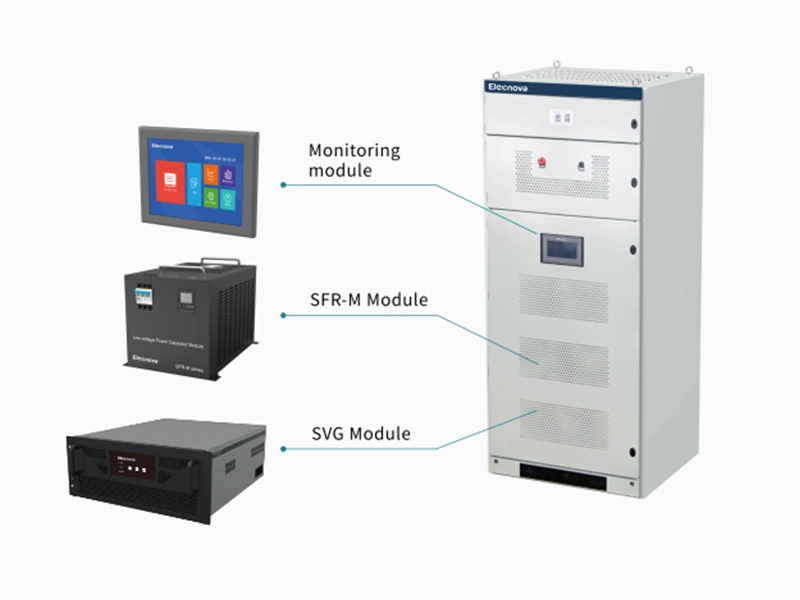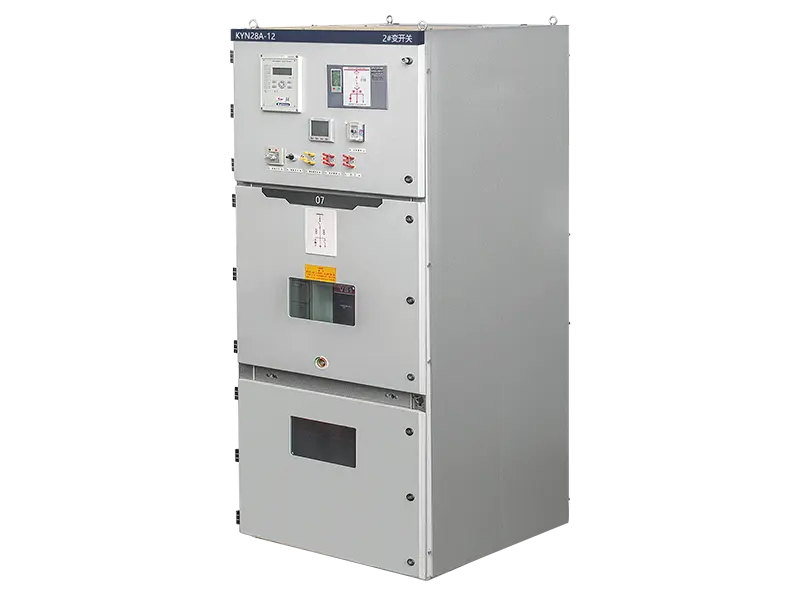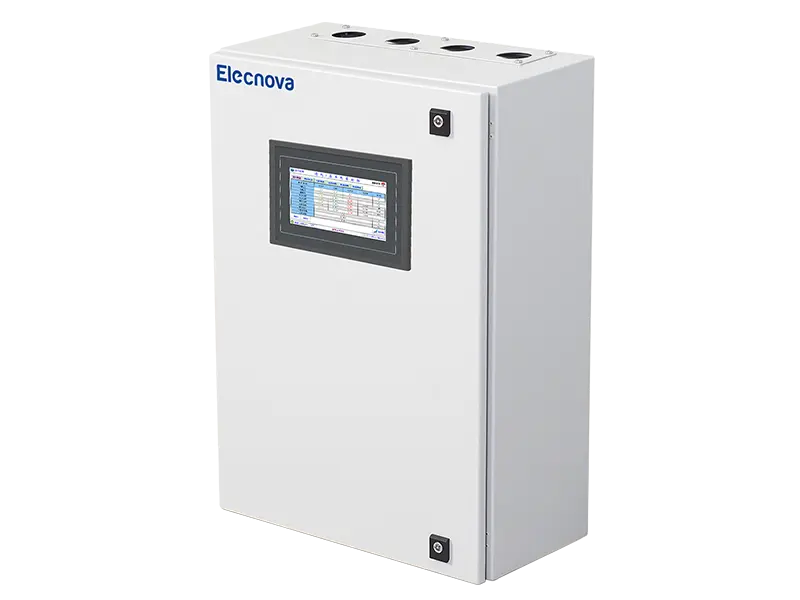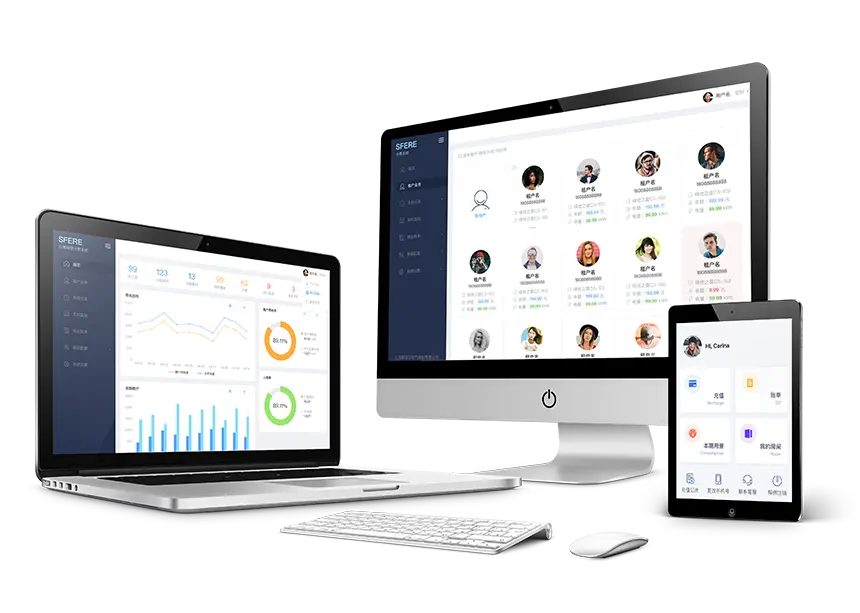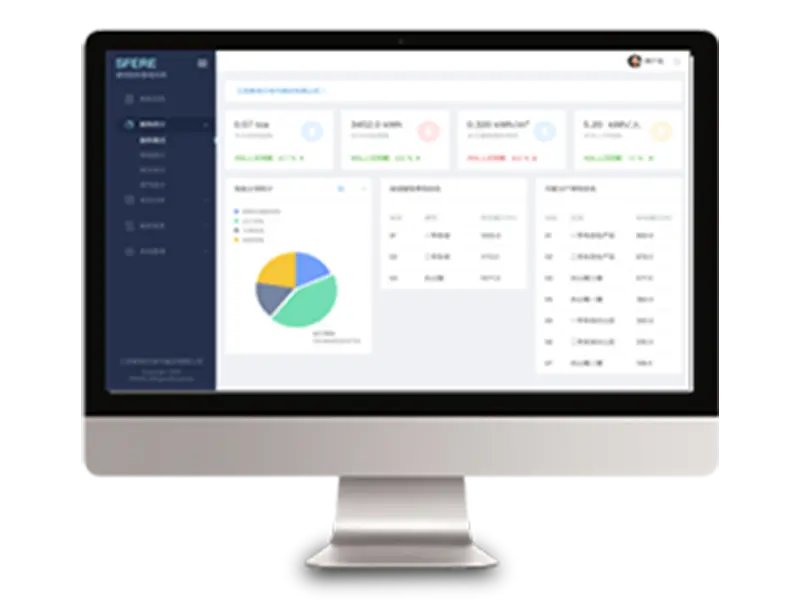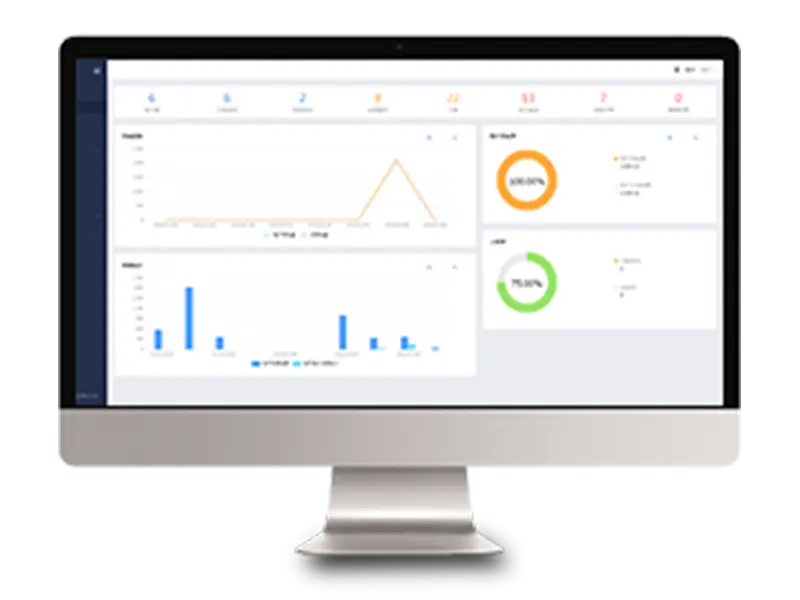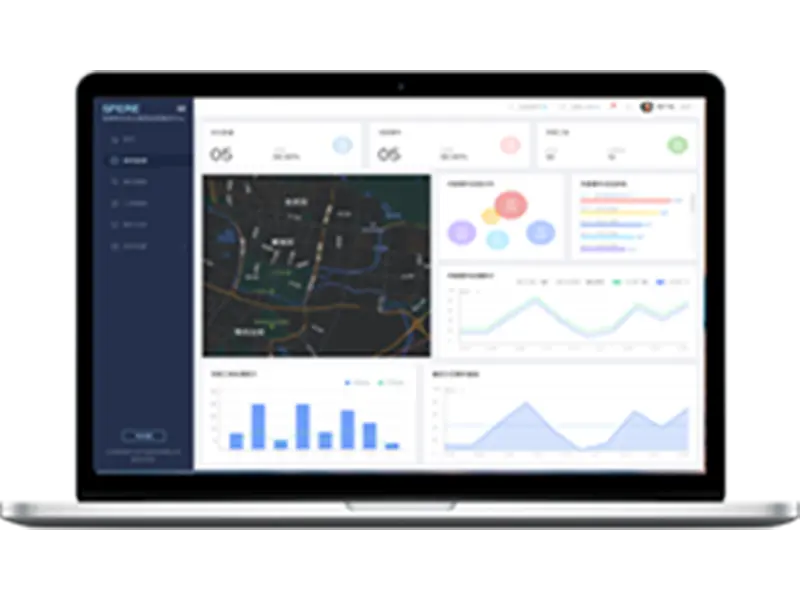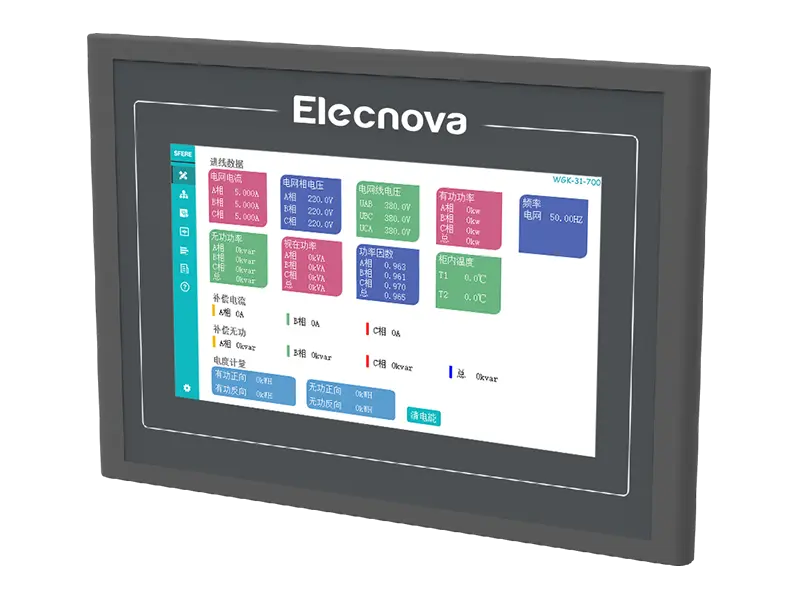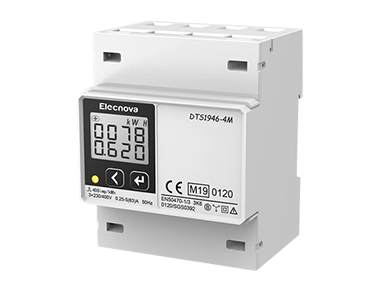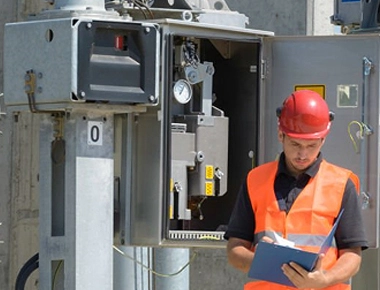The key features of Intelligent Power Quality Management Software typically include:
1. Real-time Monitoring: Continuous monitoring of power quality parameters such as voltage, current, harmonics, power factor, and frequency in real-time.
2. Data Logging and Analysis: Comprehensive data logging capabilities to record power quality data over time, coupled with advanced analysis tools to identify trends, patterns, and anomalies.
3. Event Detection and Notification: Automatic detection of power quality events such as voltage sags, swells, transients, harmonic distortion, and frequency variations, with customizable alerts and notifications for timely response.
4. Customizable Reporting: Flexible reporting capabilities to generate customizable reports and dashboards summarizing power quality performance, events, trends, and compliance with standards and regulations.
5. Event Correlation and Root Cause Analysis: Advanced analysis tools to correlate power quality events with operational parameters, equipment status, and environmental conditions, facilitating root cause analysis and troubleshooting.
6. Harmonic Analysis: Detailed harmonic analysis tools to assess harmonic distortion levels, identify harmonic sources, and evaluate compliance with harmonic limits and standards.
7. Voltage Flicker Analysis: Assessment of voltage flicker levels according to recognized standards such as IEC 61000-3-3 and IEEE 1453, with tools to analyze flicker severity and its impact on sensitive loads.
8. Power Factor Correction: Support for power factor correction analysis and optimization, with recommendations for capacitor bank sizing and placement to improve power factor and reduce reactive power charges.
9. Integration with Monitoring Devices: Compatibility with a wide range of power quality monitoring devices, including meters, analyzers, recorders, and sensors from different manufacturers, for seamless data integration and aggregation.
10. Remote Access and Control: Remote access capabilities to monitor and control power quality parameters from any location via web-based interfaces, mobile apps, or remote desktop connections.
These key features empower users to effectively monitor, analyze, and manage power quality in electrical systems, ensuring reliable operation, optimal performance, and compliance with industry standards and regulations.


